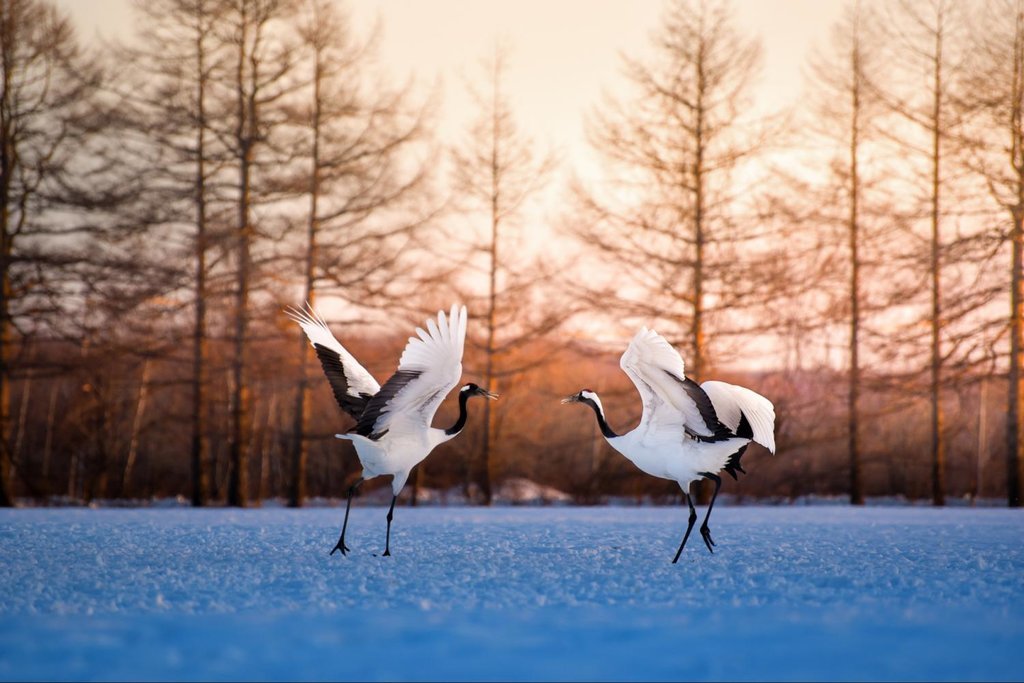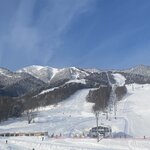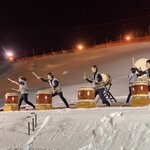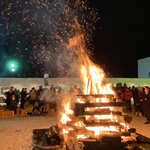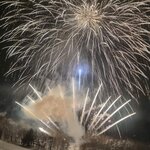Highlights
- Experience diverse ecosystems in Akan-Mashu National Park
- Walk on sea ice on the remote Shiretoko Peninsula
- See rare wildlife including Japanese red-crowned cranes
- Snowshoe to frozen lakes and waterfalls
- Soak in geothermal Onsen hot springs each night
Brief Itinerary
| Day | Highlights | Overnight |
|---|---|---|
| Day 1 | Arrive in Kushiro | Kushiro |
| Day 2 | Red-Crowned Cranes & Akan Onsen | Akan |
| Day 3 | Explore Lake Akan | Akan |
| Day 4 | Lake Mashu, Mount Io & Lake Kussharo | Teshikaga |
| Day 5 | Utoro Onsen & the Shiretoko Peninsula | Utoro |
| Day 6 | Snowshoe in Shiretoko National Park | Utoro |
| Day 7 | Depart Hokkaido |
Detailed Itinerary
Day 1: Arrive in Kushiro

Your journey begins on Hokkaido’s east coast, in the quiet port of Kushiro. This waterfront city is famous for some of the best seafood in Japan, and home to a unique fishing culture that created the robatayaki open-grill style of cooking. After settling into your accommodation, take a stroll around Kushiro and sample some of the day’s catch at one of the city’s many excellent robatayaki restaurants.
Day 2: Red-Crowned Cranes & Akan Onsen

Start day two with a visit to a local nature reserve devoted to Japan’s iconic red-crowned cranes. The elegant, snow-white birds are known for their expressive courtship dance and their deep cultural associations in Japanese art and folk tales. The biodiverse marshland surrounding Hokkaido is home to over half the world’s population of these majestic birds, and you’ll learn more about the history and biology of the species in the reserve’s informative museum.
In the afternoon, journey north to the beautiful Akan-Mashu National Park—home to caldera lakes, primeval forests, and Japan’s largest settlement of indigenous Ainu people.
Choose one of the park’s Onsen Ryokan (hot spring traveler’s inns) as your base for the next two nights, where you can soak in the geothermal hot springs, sample traditional cuisine, and enjoy an ancient Ainu ritual dance and music performance in the evening.
Chat with a local specialist who can help organize your trip.
Day 3: Explore Lake Akan

Get to know the culture and geography of Akan today, starting with a visit to the Akanko Ainu Kotan Village, a cultural center devoted to the history, art, and traditions of the Ainu people.
Head next to the Akankohan Eco-Museum Center, where you can gain a deeper understanding of Akan’s volcanic origins, explore the rich biology of the crater lakes of Akan and Onneto, and discover the science behind the region’s famous bubbling “bokke” mud pools.
If you’re feeling adventurous in the afternoon, set out to nearby Mount Hakuto on a guided snowshoe walk, exploring pristine forests and panoramic views over Mount Oakan, Mount Meakan, and Lake Akan. The area is abundant with wildlife—you’re likely to see sika deer, Ezo red foxes, Ezo Risu squirrels, and numerous species of birds.
Day 4: Lake Mashu, Mount Io & Lake Kussharo

Day four takes you to the eastern part of Akan-Mashu National Park, passing breathtaking scenery and natural wonders along the way. Marvel at the crystal-clear waters of Lake Mashu— a crater lake formed within the caldera of an ancient volcano—and visit the yellow rocks at Mount Io, an active volcano that still sends plumes of sulfurous steam from its peak.
Stop at the brilliant blue Lake Kussharo to glimpse flocks of enormous whooper swans, who flock to its thermal waters from around the world.
End your day in the riverside hot springs of Kawayu Onsen in Teshikaga. Named ‘Seseki-petsu’ or ‘hot river flowing through the village’ in the traditional Ainu language, Kawayu is home to some of the most famous geothermal waters in Japan.
Day 5: Utoro Onsen & the Shiretoko Peninsula

Today you’ll continue north, taking in stunning views of the Sea of Okhotsk as you travel along the Shiretoko Peninsula. As one of Japan's most remote regions, it's home to a remarkable year-round ecosystem. "Shiretoko" derives its name from the ancient Ainu words "Sir Etok," which means the "end of the land." From late January through March, floating drift-ice from Siberia can be seen along the coast. The area is also a bird watcher's paradise, with over 256 species spotted during the year.
Settle in for the evening at Utoro, a small seaport known for its magnificent coastal rock formations and natural thermal springs.
Day 6: Snowshoe in Shiretoko National Park

Your penultimate day in Hokkaido takes you on a full-day snowshoe trek deep into Shiretoko National Park. Hike through ancient forests to the frozen Furepe waterfall, taking in panoramic views of the surrounding Shiretoko mountain range and the expansive Sea of Okhotsk. During mid-winter, specialized guided snowshoe walks are available, allowing the adventurous to walk on drift-ice along the Shiretoko Coast. Return to Utoro in the evening, for one last well-earned soak in the region’s healing hot springs.
Day 7: Depart Hokkaido

After breakfast, you’ll bid farewell to the beautiful island of Hokkaido, traveling to Memanbetsu Airport for your flight home.
